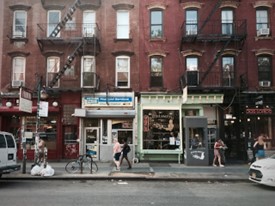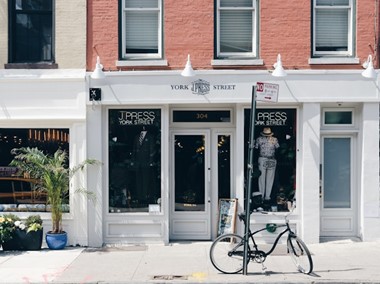In the dynamic landscape of urban planning and development, mixed-use developments have emerged as a transformative approach to creating vibrant and sustainable communities. By blending residential, commercial, and recreational spaces within a single development, mixed-use projects offer residents a convenient and integrated lifestyle while fostering economic growth and cultural vitality. In this article, David Shulick explores the concept of mixed-use developments, their benefits, and the key elements that contribute to their success in enhancing urban living.
Understanding Mixed-Use Developments
Mixed-use developments, often referred to as live-work-play communities, are characterized by the integration of diverse land uses within a single development project. These developments typically feature a combination of residential units, office spaces, retail establishments, restaurants, entertainment venues, and public spaces such as parks and plazas. By co-locating these different uses, mixed-use developments promote walkability, reduce dependence on automobiles, and create dynamic urban environments that cater to the needs and lifestyles of diverse populations.
Benefits of Mixed-Use Developments
Convenience and Accessibility: One of the primary advantages of mixed-use developments is the convenience they offer to residents, workers, and visitors. With essential amenities, services, and recreational opportunities within walking distance, mixed-use communities reduce the need for long commutes and enhance access to daily necessities, entertainment, and cultural activities.
Economic Vitality: Mixed-use developments contribute to the economic vitality of urban areas by creating vibrant commercial districts and supporting local businesses. The presence of retail and commercial spaces attracts foot traffic and stimulates economic activity, leading to increased property values, job creation, and tax revenues for municipalities.
Social Interaction and Community Engagement: By providing opportunities for social interaction and community engagement, mixed-use developments foster a sense of belonging and connectedness among residents. Shared public spaces, such as parks, plazas, and community centers, serve as gathering places where people can socialize, participate in events, and build relationships, strengthening the social fabric of neighborhoods.
Environmental Sustainability: Mixed-use developments promote sustainable urban growth by reducing sprawl, minimizing vehicle miles traveled, and supporting alternative modes of transportation such as walking, cycling, and public transit. By concentrating development in compact, transit-oriented locations, mixed-use projects help conserve land, reduce greenhouse gas emissions, and mitigate the environmental impact of urbanization.

Key Elements of Successful Mixed-Use Developments
Urban Design and Planning: Effective urban design and planning are critical to the success of mixed-use developments. Careful consideration must be given to the layout, density, and connectivity of buildings, streets, and public spaces to create a cohesive and pedestrian-friendly environment.
Diversity of Uses: A diverse mix of uses is essential to the vitality of mixed-use developments. By incorporating residential, commercial, retail, and recreational spaces, developers can create dynamic environments that cater to a wide range of needs and preferences.
Public Realm and Open Spaces: High-quality public realm and open spaces, such as parks, plazas, and streetscapes, play a central role in enhancing the livability and attractiveness of mixed-use developments. These spaces provide opportunities for recreation, relaxation, and social interaction, enriching the urban experience for residents and visitors alike.
Connectivity and Access: Connectivity and access are key considerations in the design of mixed-use developments. Pedestrian-friendly streets, sidewalks, and bike lanes encourage active transportation and facilitate movement between different parts of the development, while well-designed transit facilities provide convenient access to public transportation options.
Conclusion
Mixed-use developments represent a holistic approach to urban planning and development, creating vibrant and sustainable communities where people can live, work, and play in close proximity. By integrating diverse land uses, promoting walkability and connectivity, and fostering economic vitality and social interaction, mixed-use projects contribute to the creation of dynamic urban environments that are both livable and resilient. As cities continue to evolve and grow, mixed-use developments offer a promising model for enhancing urban living and building more inclusive, equitable, and sustainable communities.
